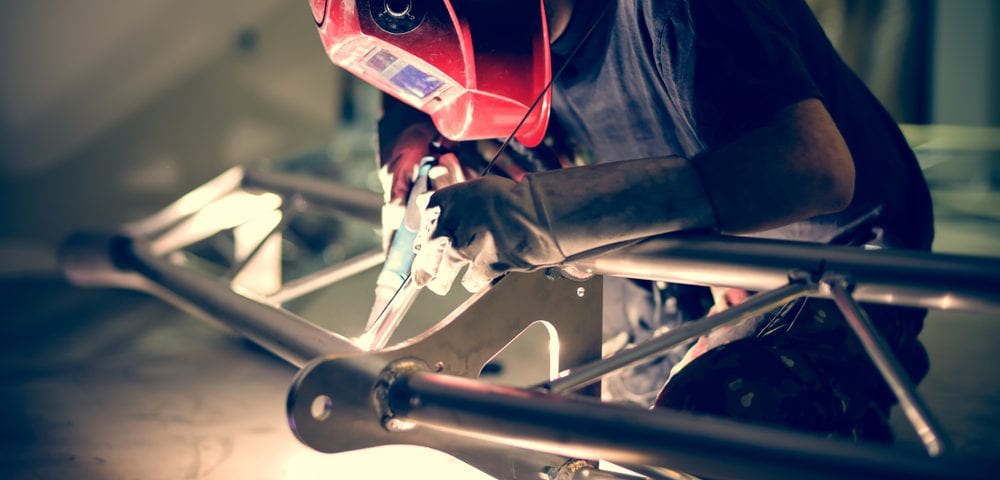Can You Solder Stainless Steel Products?

How to Clean Stainless Steel Surfaces
January 29, 2024
What is Alloy Steel? A Basic Primer
February 2, 2024There are several processes that are sometimes used within the world of steel and other metals when it comes to joining metals together, and one of these that’s often quite useful is the soldering process. When working with stainless steel, a common question often arises: Can you solder stainless steel products?
At Wasatch Steel, as a top steel supplier in the area, we’re here to offer clients around Salt Lake City and nearby areas of Utah a wide selection of steel pipe, steel sheet and related products – plus to assist with basic processes and expertise areas like these. It’s absolutely possible to solder stainless steel products, and while the process here may be a bit more nuanced than certain other metals like copper, it’s an easily attainable goal. Here are some basics on what soldering is, some of the common applications of soldering stainless steel, and some simple steps for completing this soldering process.
What is Soldering?
For those just learning about soldering, this process is one of several that are used to join metals together. Specifically, it refers to the process of melting and using a filler material known as solder – usually an alloy or other mix – to create a joint between two base metals.
Solder typically has a significantly lower melting point than the base metal being worked with, which allows for easy application in small areas and prevents damage to the thicker base metal. A primary goal of soldering is to create a watertight connection between two or more metals, and it’s regularly used in several industries for this purpose.
Soldering Stainless Steel Applications
In most cases, soldering stainless steel is done with smaller items – things like electronic components or other small parts that require a strong, tight connection. Other common applications might include:
- Roofing: One of the most common applications for soldering, whether for steel or other metals, is in roofing. Soldering is used to create tight, watertight seals between metal roof pieces that are exposed to rain and other forms of precipitation.
- Jewelry: Due to the common use of stainless steel in jewelry items, soldering is important for creating strong connections here as well.
- Water tubing: Within the plumbing world, there are often small metal or steel tubes that require soldering to join them together.
- Auto industry: Finally, a common application for steel soldering is in certain areas of automotive work, such as creating connections between metal pipes and other components.
Here’s a basic rundown of the steps required to complete successful soldering of stainless steel, across our next few sections.
Preparing the Surface
Like many other processes, a thorough cleaning is important when working with stainless steel soldering. Use a standard solvent to clean the surface of the metals you’ll be working with – this will help remove any dirt or oils that could prevent proper adhesion of the solder later on. Several solvents are available, depending on your specific application.
You may also need to carry out some wire brushing or filing to get rid of any additional surface materials, particularly if there are areas with rust or other forms of oxidation. A few additional tips here: If you can use a wire brush in one direction over the piece, this will help create a pattern that allows for solder to flow nicely. Smooth surfaces and proper cleaning also prevent bridging, or the creation of gaps within the solder.
Using Flux
At this point, you’ll need to apply flux to the area where the solder will run later on. This should be done carefully and with a thin layer of flux – excess can cause poor adhesion down the road. In addition, avoid using too much heat when applying flux; it should only be applied once in order to avoid burning off any of the necessary components.
Heating
One of the great things about soldering stainless steel is that basically any conventional heating method can be used. This includes soldering irons, propane torches and even open flames – though take care not to overheat in this latter case. Be sure the heat source is adequate for the task at hand, with proper ventilation if necessary – heat hardening could occur without it.
Now, you must also take care to ensure that the entire joint area is brought to the same uniform temperature, with no risk of overheating or underheating. This will create proper adhesion and allow the solder to flow smoothly between all metals involved.



